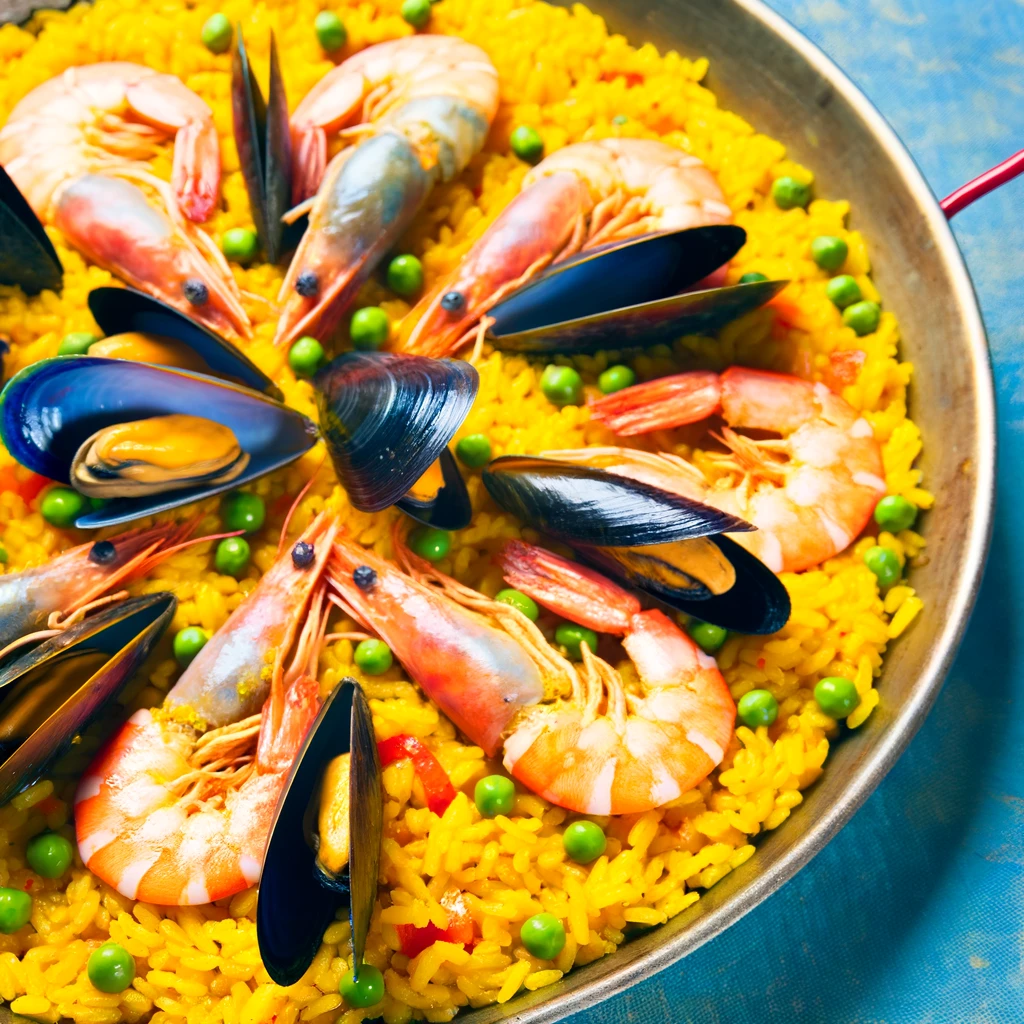Street foods around the world offer a kaleidoscope of flavors, reflecting the rich tapestry of global cultures and histories. From bustling Asian markets to the lively streets of Latin America, each region boasts unique culinary offerings that tell a story of their own. This journey through the world of street foods not only satisfies the palate but also provides insight into the cultural significance of these beloved dishes.
The Historical Roots of Street Food
The concept of street food dates back to ancient times, serving as a lifeline for the working class. In Rome, vendors sold bread soaked in wine as an early form of fast food. In medieval Europe, street stalls were common, offering pies and pasties. Asia has a long history of street food culture, with China and India leading the way in offering a variety of flavors to the masses. The evolution of street foods around the world symbolizes the adaptability and creativity of different cultures in feeding the populous.
Street Food in Asia: A Melting Pot of Flavors
Asian street food is renowned for its diversity and rich flavors. Thailand’s bustling streets are famous for dishes like Pad Thai and spicy Som Tam. India’s chaats, varying from region to region, offer an explosion of flavors. China’s night markets showcase a vast array of dishes, from dumplings to Peking duck rolls. These foods are not just meals; they are a reflection of the country’s history, traditions, and regional ingredients.
European Street Eats: From East to West
In Europe, street food blends traditional flavors with convenience. Italy’s pizza and gelato are perfect examples, rooted in history yet adapted for the street. Germany’s bratwurst and currywurst reflect a love for hearty, satisfying food. In Turkey, the doner kebab has become a global sensation, illustrating the fusion of Middle Eastern and Mediterranean cuisines.
The Americas: A Fusion of Indigenous and Immigrant Influences
The Americas offer a fusion of indigenous and immigrant food traditions. Mexico’s street tacos, with their rich variety and complex flavors, showcase the blend of pre-Hispanic and Spanish influences. The United States has made the hot dog an icon of American street food, while Brazil’s acarajé, a street snack from Bahia, highlights African influences in South American cuisine.
Africa’s Street Food Scene: A Hidden Gem
Africa’s street food scene is vibrant and diverse. In Nigeria, suya, spicy skewered meat, is a popular night-time treat. South Africa’s bunny chow, a hollowed-out loaf of bread filled with curry, reflects Indian influence. These dishes offer a glimpse into Africa’s rich culinary diversity and history.
Conclusion
Street foods around the world are not just about sustenance; they are a journey through history and culture. Each dish tells a story, a blend of historical influences, and culinary innovation. Whether it’s a simple snack or a complex creation, street food offers a unique perspective on the world’s diverse cultures, making them worth traveling for.



